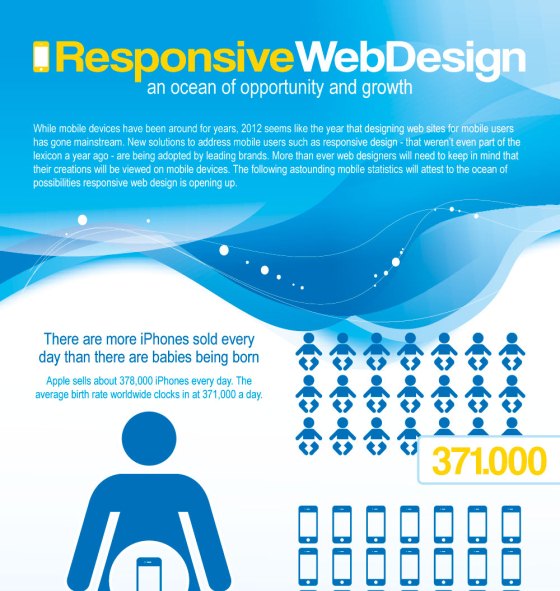The Evolution Of Site Style: From Past To Present
The Evolution Of Site Style: From Past To Present
Blog Article
Developed By- https://www.searchenginejournal.com/news-seo-expert-tips/424871/
In the past, sites were simple and focused on info. Navigating was straight, and layout was for desktops. Currently, individual experience is vital. Data guides styles for very easy navigating. Responsive designs suit different devices. Today, dark mode decreases strain, and minimal menus boost navigating. https://www.forbes.com/sites/forbescommunicationscouncil/2021/11/08/three-digital-marketing-trends-skills-to-know-to-break-into-the-field/ engage users, and strong visuals stick out. AI assimilation enhances involvement. See exactly how layout has evolved to boost your on-line trip.
Early Days of Website Design
In the early days of web design, simpleness preponderated. Websites were fundamental, with restricted shades, font styles, and formats. The focus was on supplying information instead of fancy visuals. Customers accessed the net via slow dial-up links, so rate and functionality were key.
Navigation food selections were straightforward, usually situated on top or side of the web page. Sites were created for home computer, as mobile browsing had not been yet prevalent. Material was king, and developers prioritized very easy readability over complicated style elements.
HTML was the primary coding language utilized, and designers had to work within its constraints. Computer animations and interactive features were marginal compared to today's criteria. Web sites were fixed, with little vibrant content or customized individual experiences.
Increase of User-Focused Layout
With the evolution of internet site design, a change in the direction of user-focused layout concepts has ended up being increasingly noticeable. Today, developing web sites that prioritize individual experience is important for involving site visitors and attaining service objectives. User-focused design involves comprehending the requirements, choices, and habits of your target audience to tailor the website's design, material, and includes as necessary.
Designers currently perform extensive research study, such as customer studies and functionality testing, to gather insights and responses directly from users. This data-driven strategy assists in producing instinctive navigating, clear calls-to-action, and aesthetically enticing user interfaces that resonate with visitors. By placing the individual at the center of the style process, websites can supply a much more tailored and pleasurable experience.
Receptive design has likewise emerged as a key element of user-focused design, guaranteeing that sites are maximized for different gadgets and screen sizes. This flexibility improves access and functionality, catering to the diverse means individuals interact with sites today. Fundamentally, the surge of user-focused design symbolizes a change in the direction of producing electronic experiences that focus on the requirements and assumptions of completion user.
Modern Trends in Website Design
Check out the current patterns shaping website design today. One famous pattern is dark mode design, using a streamlined and modern look while lowering eye strain in low-light environments. An additional key trend is minimal navigating, simplifying menus and boosting user experience by concentrating on essential elements. Incorporating micro-interactions, such as animated switches or scrolling results, can develop an extra engaging and interactive website. Receptive design stays critical, making certain seamless individual experiences throughout various gadgets. Additionally, utilizing bold typography and unbalanced formats can include aesthetic passion and draw attention to particular content.
Incorporating AI technology, like chatbots for consumer support or personalized suggestions, enhances individual involvement and simplifies processes. Accessibility has also become a substantial fad, with developers prioritizing comprehensive design techniques to deal with varied individual demands. Accepting sustainability by enhancing website performance for speed and effectiveness is one more arising fad in web design. Teaming up with user responses and information analytics to repeat and improve style continually is essential for staying pertinent in the ever-evolving digital landscape. By accepting these modern patterns, you can produce an aesthetically appealing, easy to use website that resonates with your audience.
Conclusion
As you reflect on the advancement of site design from the very early days to now, you can see how user-focused layout has actually ended up being the driving pressure behind modern-day patterns.
Embrace the trip of adjustment and adaptation in web design, constantly keeping the customer experience at the forefront.
Tippingpointdigital
Keep present with the current trends and innovations, and never stop developing your method to create aesthetically spectacular and easy to use web sites.
Develop, adjust, and develop - the future of web design remains in your hands.
